Basalt. The Layers of Oblivion
On the 70th Anniversary of the Closure of Forced-Labor Camps in Hungary
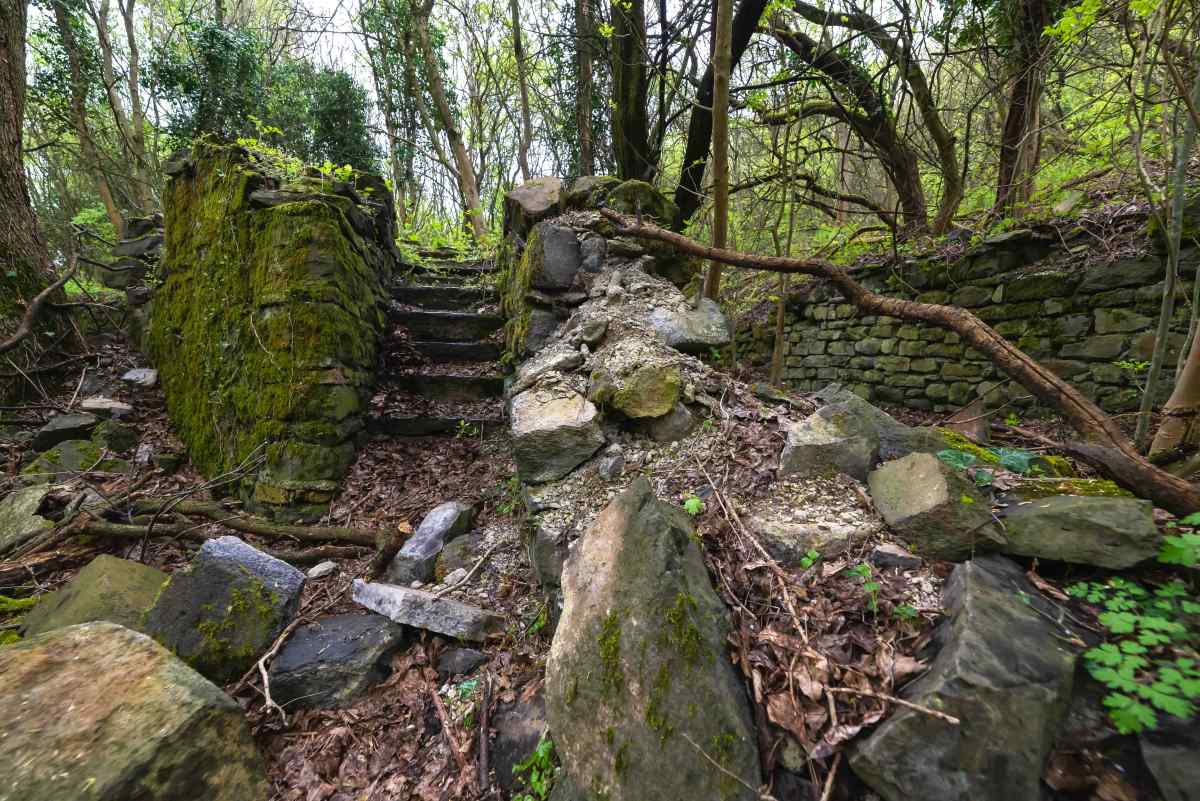
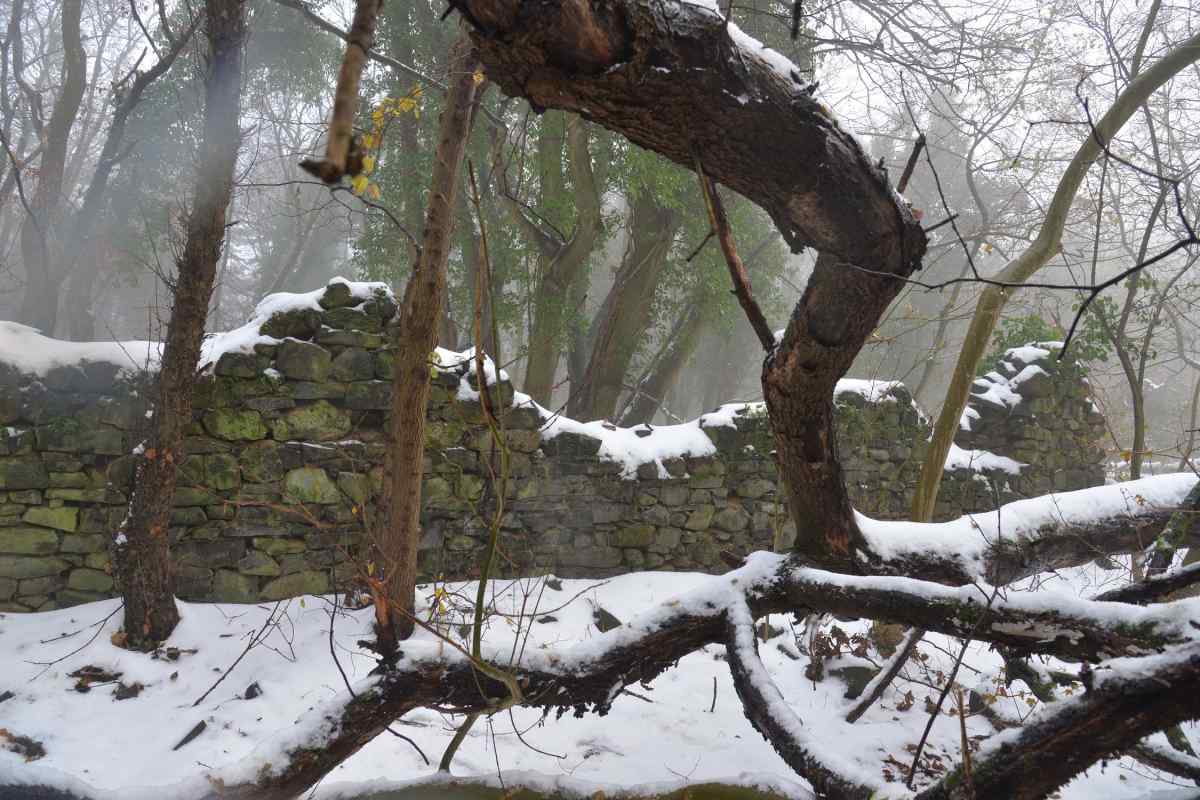
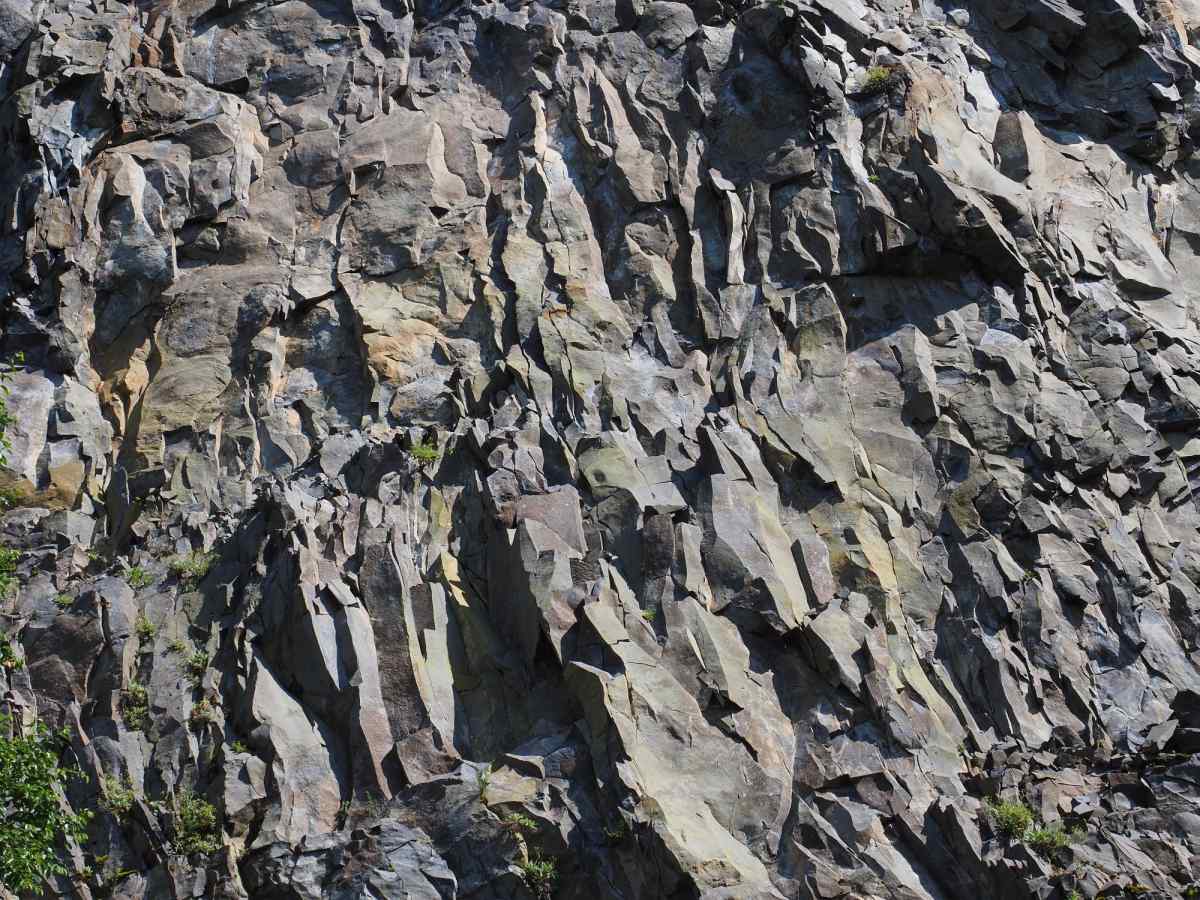
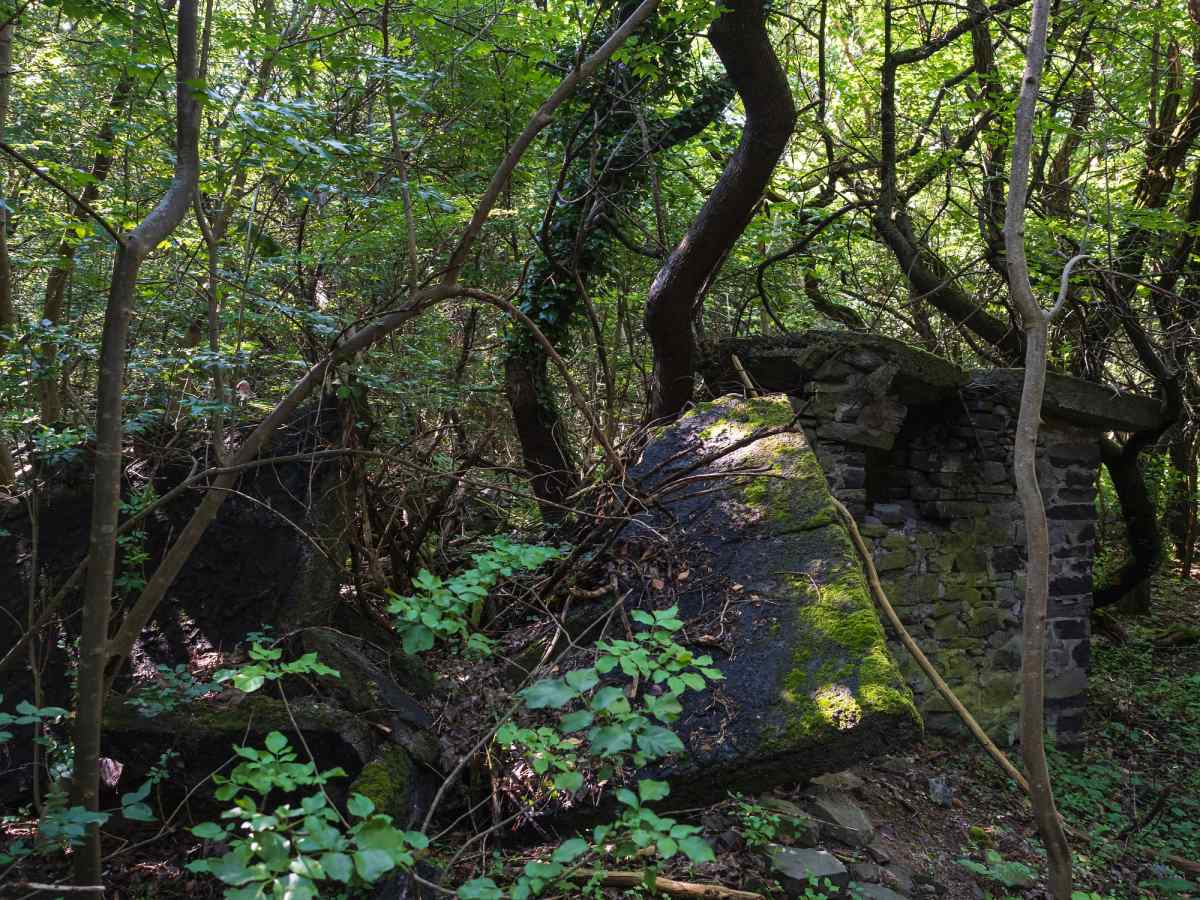

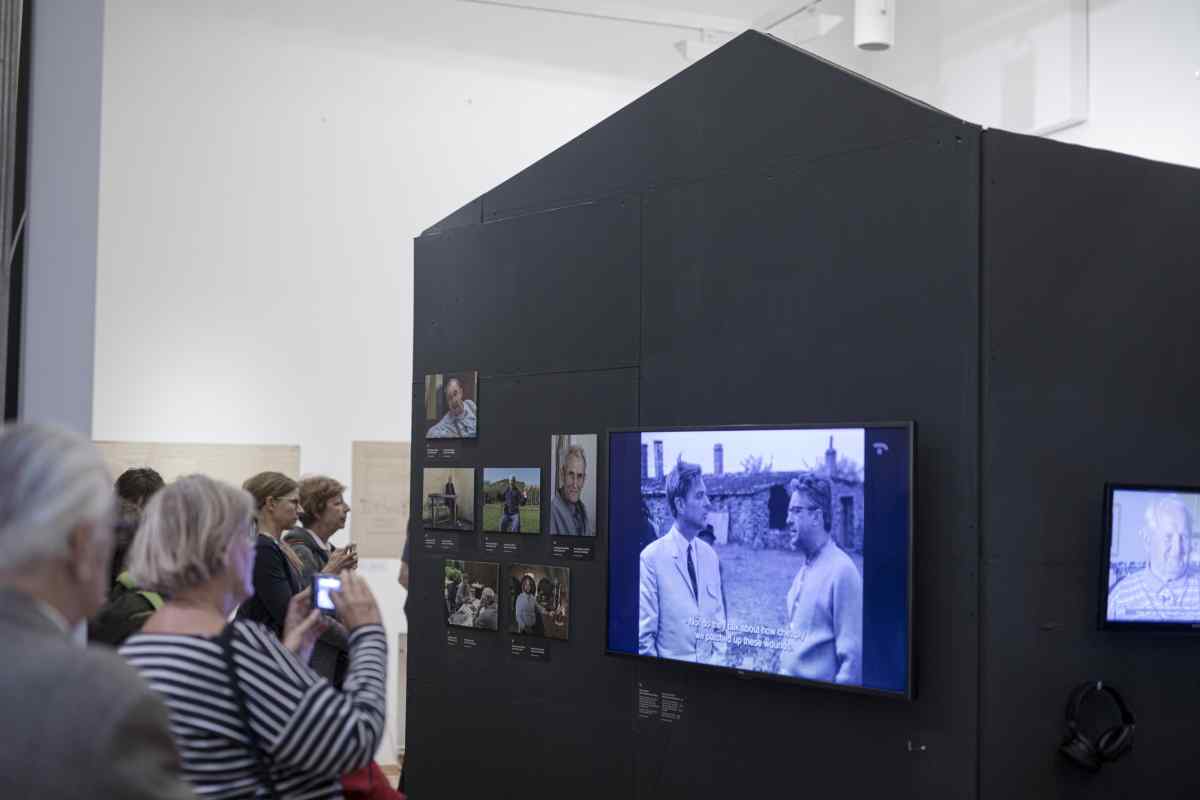

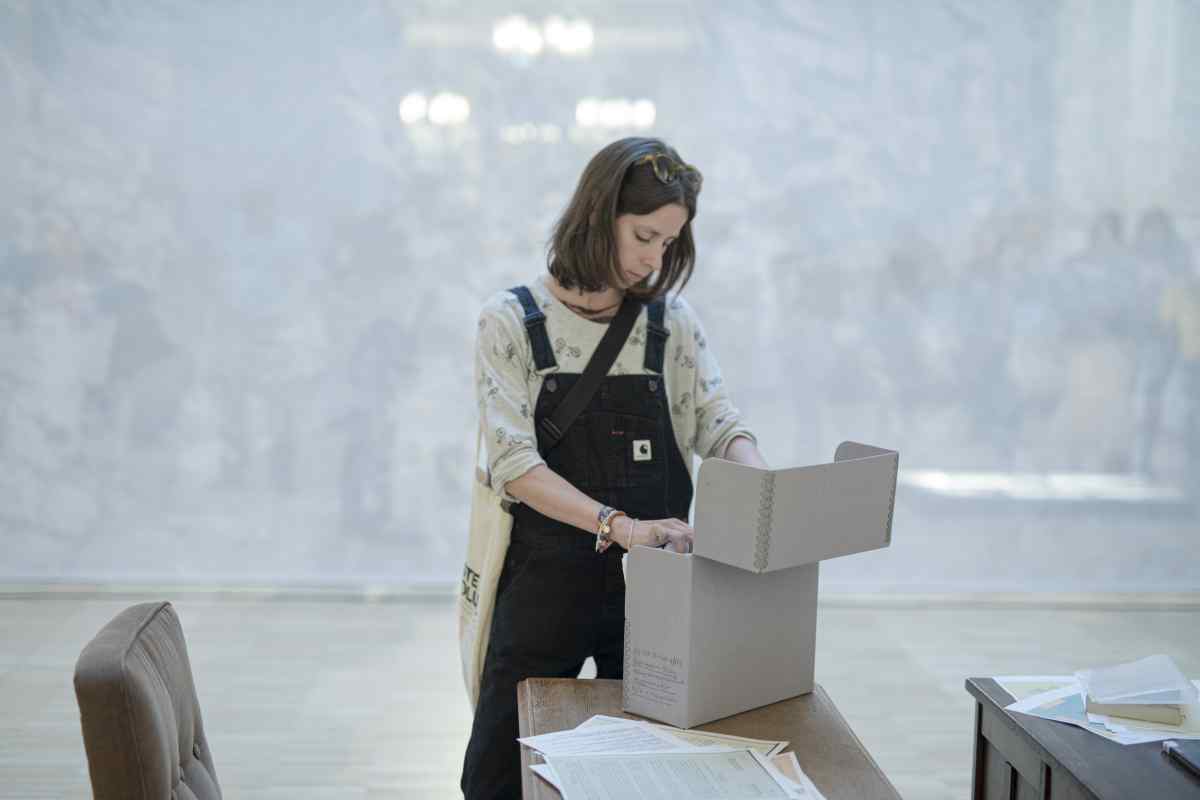
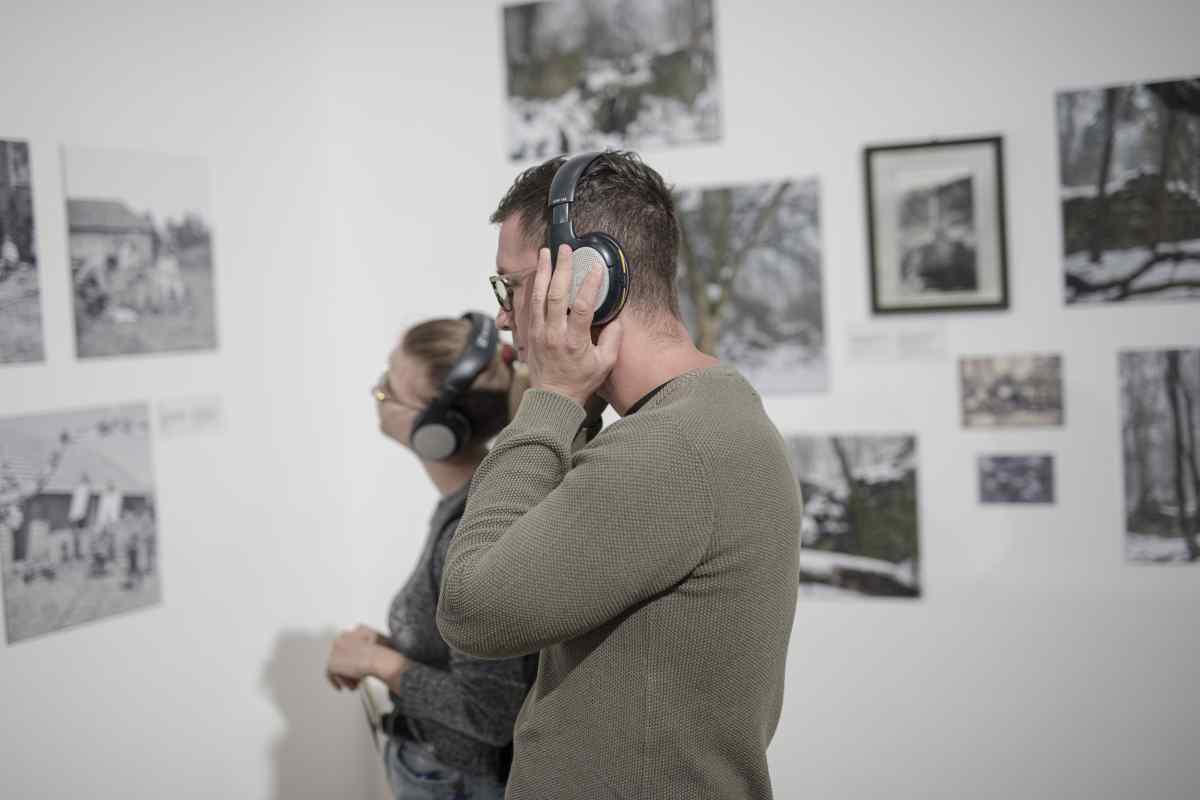
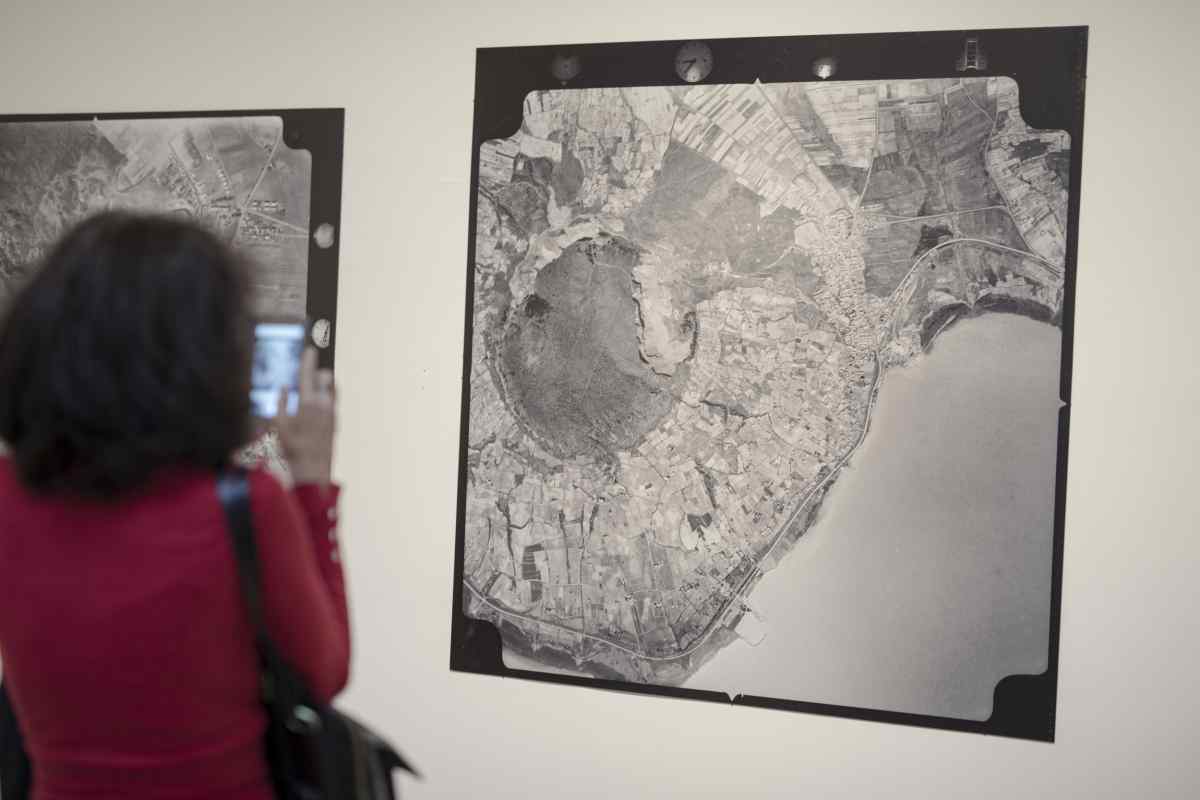
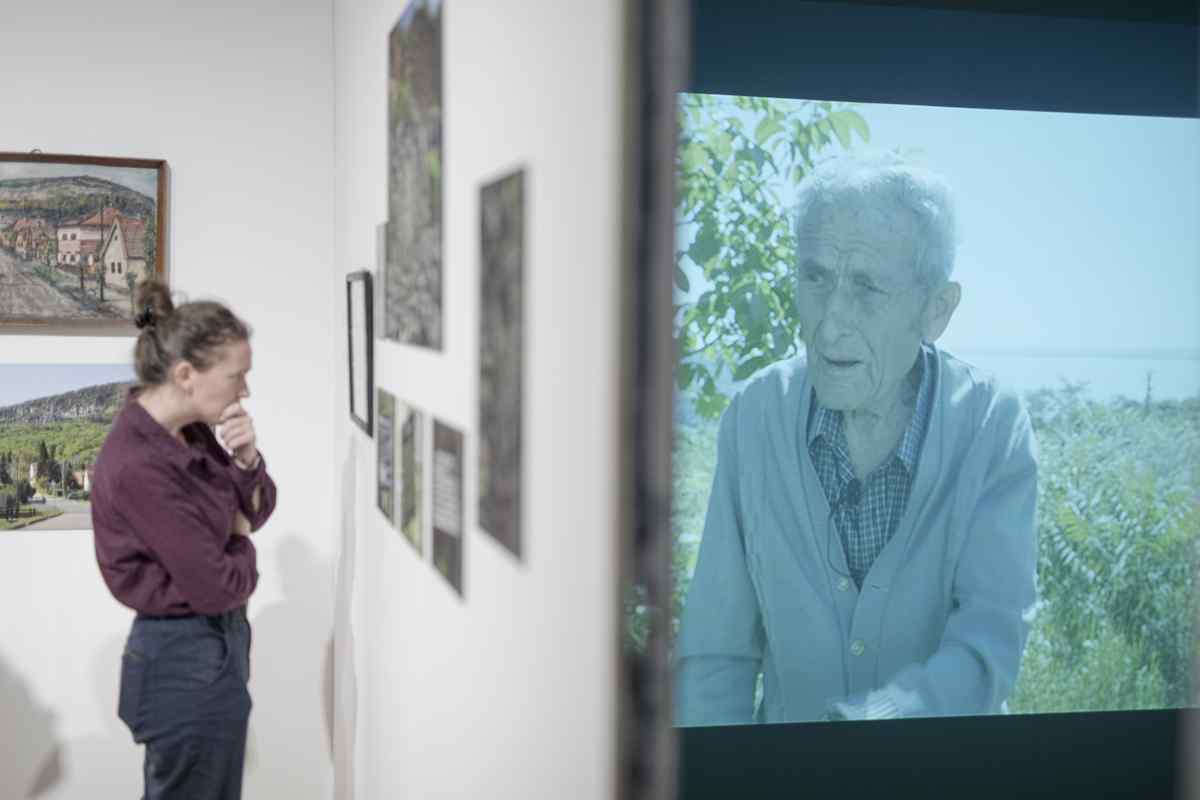
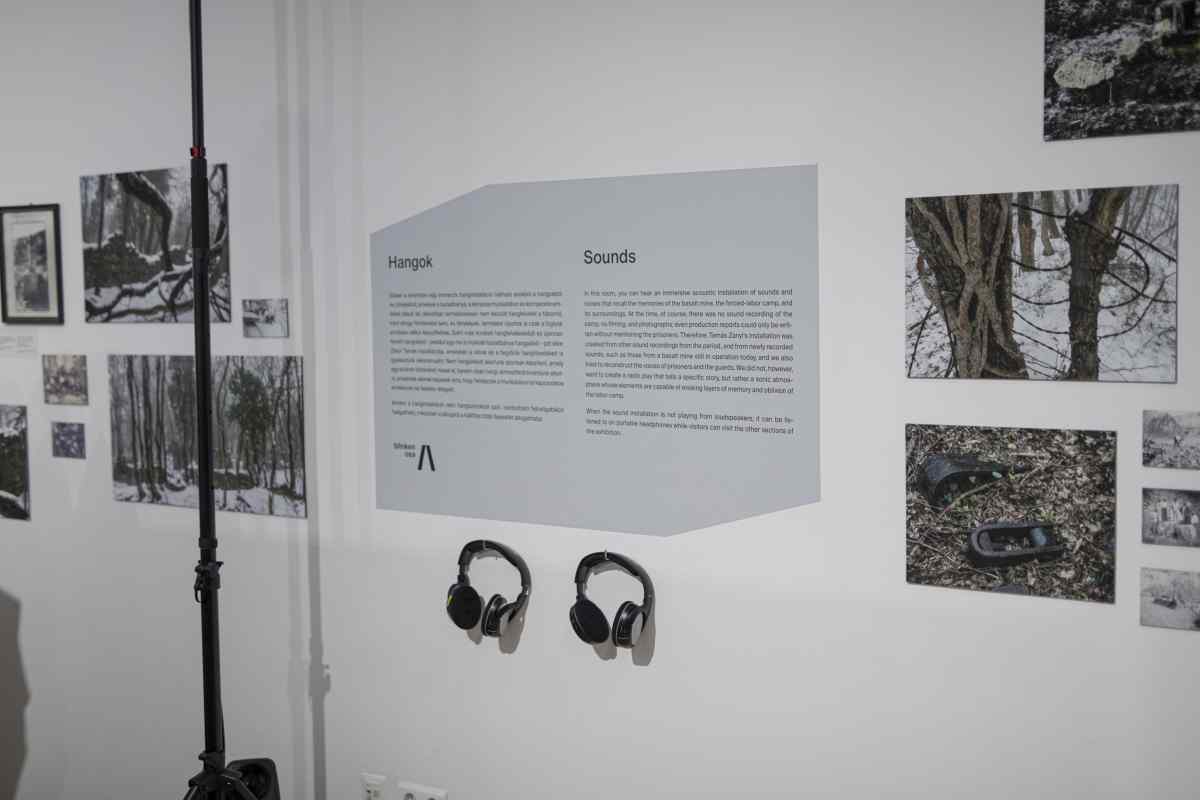
kiállításdesign / exhibition design: SZALAY Péter
fotók / photos: SZILÁGYI Lenke
hanginstalláció / sound installation: ZÁNYI Tamás
dokumentumfilm / documentary: DEBRE Zsuzsa
The history of the forced-labor camp in the Badacsony basalt mine, near the lake Balaton, is missing from history books, and its documents have disappeared. Many people remembered its existence, and the oldest still do, but it seems to be a disturbing factor in the past of a town that has flourished from basalt mining. The history of some of the labor camps in Hungary, modelled on the Soviet Gulag in the 1950s, is well known, while others are only known through indirect sources or through literary and fictional reappraisals.
On the 70th anniversary of the closure of the labor camps, the Archivum’s research has unearthed fragmentary sources, interviewed surviving Badacsony basalt miners and members of a new generation committed to uncovering the story, and attempts to reconstruct the human side of the camp’s operation, the layers of memory and oblivion. To do this, it drew on the recollections of the writer György Stirling, who was a prisoner in the camp, and the film Summer on the Hill by Péter Bacsó, who shot a film on the site of the former camp, while also examining how these works were created, how the political environment tolerated them, and how they found their audience.
The exhibition design by Péter Szalay depicts these islands of memory and forgetting, Tamás Zányi’s multi-channel, immersive sound installation evokes acoustic images, Zsuzsa Debre’s documentary film features a witness of the times, and Lenke Szilágyi’s photographs present the visual world that welcomes visitors to the ruins and the abandoned basalt mine today.